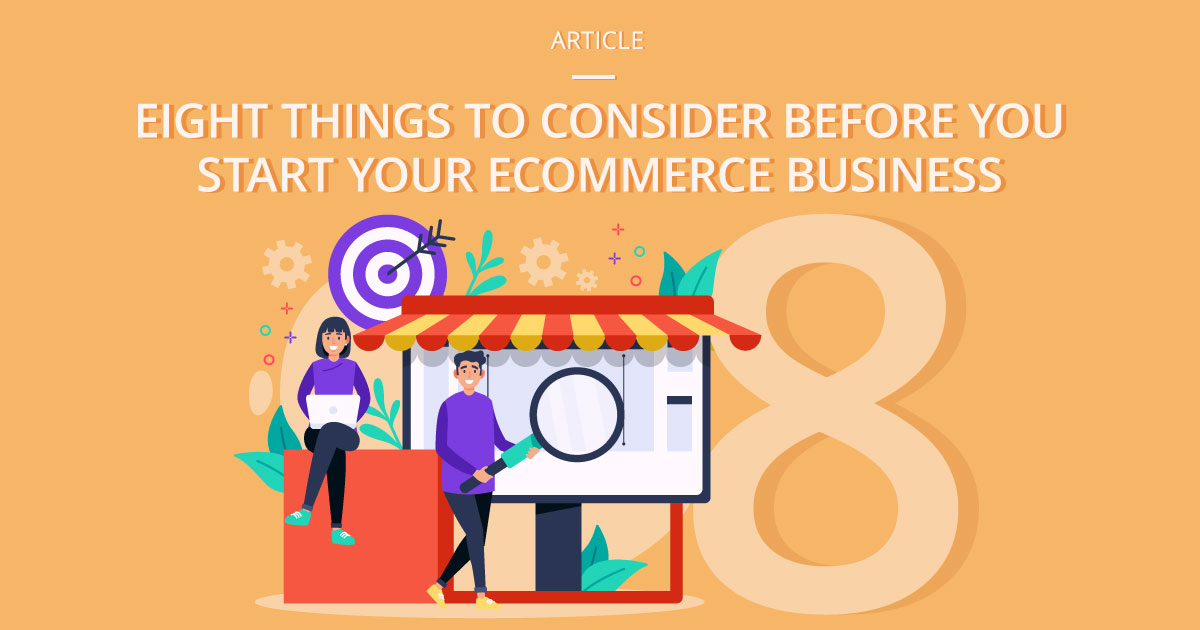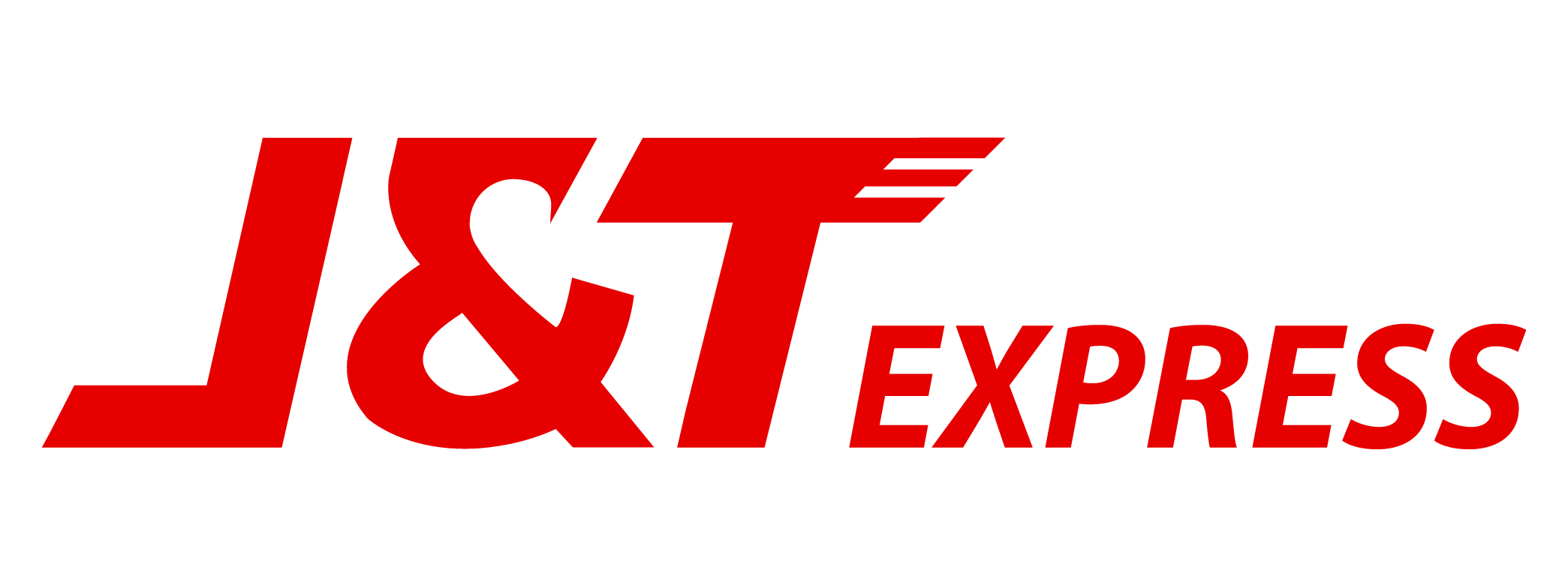The world as we know it has temporarily stopped due to the COVID-19 pandemic. Countries have implemented various preventive measures (from curfews and travel bans to total lockdowns) to lessen virus transmission and ease the pressure on healthcare systems.

Meanwhile, eCommerce in Southeast Asia has been limited to the delivery of essential goods and food products. Shipments, inevitably, have been delayed. Food and grocery delivery services (top marketplaces included) are seeing higher sales volumes. Even enterprises that previously did not offer any delivery option have begun doing just that.
Aside from keeping healthy and safe, you can take this extended amount of free time to review your options, including those for eCommerce operations post-COVID-19. It’s not an easy industry to be in, even if it looks that way to others. Nor does it guarantee instant profits, loyal customers, or sustained online visibility. And there will surely be changes in the eCommerce landscape afterwards—just like how retailers had no choice but to move online after SARS.
So we made two checklists for potential eCommerce newcomers: the startups and the SMEs. You will have to ask yourself questions on eight business essentials, regardless of which category you belong to. These will differ in some contexts and are often thought of as ‘difficult’ to ask or too early to discuss.
But they are necessary—and will help you prepare for your actual transition to eCommerce in the near future.
Are you a startup or SME?
We often switch up the terms ‘startup’ and ‘SME’ when talking about small businesses. But these two have a few notable differences.
Let’s go with the basic definition of ‘startup’ as a newly established business or a true industry rookie—something that’s greener than the Hulk. Startups often begin from scratch, have bootstrapped financial and operational resources, and don’t have brick-and-mortar stores yet. Their employee counts are in the low two digits at most, and they may or may not possess any prior retail experience or knowledge of eCommerce operations.
SMEs are different from startups in several ways. They may or may not be newcomers to retail, or online retail for that matter. They could have a physical store (or several) already up and running, and have more experience in running a business and managing people. In light of the COVID-19 pandemic, SMEs could also be retail businesses that never planned to go online or omnichannel, but had to make the jump to stay profitable and keep their employees.
Fun fact: in Singapore, SMEs are described as “enterprises with operating receipts not more than $100 million or employment not more than 200 workers for all sectors.”
The eCommerce checklists
When getting into such a fast-moving industry as eCommerce (Asia, especially), it’s best to sort out the trickiest aspects first. We’ve organised our questions into eight main business requirements. For some questions, your answers will have an impact on the others down the list.
We’re also not promising that these checklists will solve every aspect of your eCommerce operations. Every entrepreneur (and online business) is different and may have unique circumstances and priorities. These are only meant to be starting points.
Startups’ eCommerce checklist
|
Business requirement
|
Concerns
|
|
Capital
|
- How much money do you have right now?
- How much of that money are you ready to spend on eCommerce?
- Online store
- Marketplace (Lazada, Shopee, Zalora, Qoo10)
- Platform (Shopify, Magento, WooCommerce)
- Your own eCommerce-optimised website
- Merchandise
- Inventory and warehousing
- Packaging
- Local and/or international shipping
- Last-mile delivery
- Do you have a safety net like savings or backup income sources in the event your eCommerce business fails? (Hey, we have to ask.)
|
|
Unique selling point
|
- What products do you have that no one else does, or no one does as well as you do?
- Which area(s) of or markets in eCommerce do you think are underserved—and that you can thrive in?
|
|
Goods and production
|
- How will you get your stocks?
- Make them yourself
- Have someone else manufacture them
- Buy them wholesale from other producers
- Dropshipping
- Do you have enough lead time to stock, sell, ship, and replenish your products?
- Are your products dependent on seasonal or cultural trends, or are they for long-term or year-round use?
|
|
Target market
|
- Who are you selling to? Who is your ideal customer?
- How much will you sell your products for?
- Standard retail prices: You’ll have the same price ranges as other eCommerce sellers. You can also use typical material for manufacturing, packaging, and shipping.
- Premium prices: This can turn off other buyers, but also help you carve out a niche market. You have to spend extra on premium materials and personalised packaging.
|
|
Staff
|
- How many people are in your startup?
- How many and who can you assign to the different eCommerce stages?
- Do you have to outsource some of these stages? What stages would you need help with?
- eCommerce store operations
- eCommerce fulfilment (Singapore)
- Local or international delivery
- Last-mile delivery
|
|
Sales
|
- Where are you selling your products?
- Marketplaces
- Platforms
- eCommerce-optimised website
- Are you keeping your operations local (within your country), or going regional with eCommerce (Southeast Asia)?
|
|
Growth plan
|
- What’s your business and marketing plan?
- Is the business scalable?
- Are you placing ads or relying on word of mouth?
- Are you doing social commerce as well?
|
|
Logistics
|
- How are you sending your products out?
- DIY everything
- Hire services for some parts of the fulfilment process
- Outsource everything, including logistics
- What’s your return and exchange policy?
|
SMEs’ eCommerce checklist
|
Business requirement
|
Concerns
|
|
Capital
|
- How much money do you have right now?
- How much of that money are you ready to spend on eCommerce?
- Online store
- Marketplace
- Platform
- Your own eCommerce-optimised website
- Merchandise
- Inventory and warehousing
- Packaging
- Local and/or international shipping
- Last-mile delivery
- Would your estimated expenses cut into your profits (or savings) from your physical store?
- Do you have a safety net like savings or backup income sources in the event your eCommerce business fails? (Again, we have to ask.)
|
|
Unique selling point
|
- What products do you have that no one else does, or no one does as well as you do?
- Which area(s) of or markets in eCommerce do you think are underserved—and that you can thrive in?
- Is this unique selling point not already addressed by your physical store? How can the two support one another?
|
|
Goods and production
|
- How will you get your stocks?
- Make them yourself
- Have someone else manufacture them
- Buy them wholesale from other producers
- Dropshipping
- Do you have enough lead time to stock, sell, ship, and replenish your products?
- Are your products dependent on seasonal or cultural trends, or are they for long-term or year-round use?
|
|
Target market
|
- Who are you selling to? Who is your ideal customer?
- How much will you sell your products for?
- Standard retail prices
- Premium prices
- Would your physical-store customers be willing to buy online as well?
- Are you offering online-store exclusives and bundles, or the same product ranges as in your physical store?
|
|
Staff
|
- How many people are in your SME?
- How many and who can you assign to the different eCommerce stages?
- Do you have to outsource some of these stages? What stages would you need help with?
- eCommerce store operations
- eCommerce fulfilment (Singapore)
- Local or international delivery
- Last-mile delivery
- Do you have to reassign people from your physical store to your online store?
- Can you quickly shift staff, suppliers, and production to other products and tasks in case of unforeseen events?
- For example, at the start of the COVID-19 pandemic, Etsy sellers and liquor-makers quickly began making hand sanitisers in the US. Fashion designers also switched to making face masks and personal protective equipment (PPEs) for front-line personnel.
|
|
Sales
|
- Where are you selling your products?
- Marketplaces
- Platforms
- eCommerce-optimised website
- Are you keeping your operations local (within your country), or going regional with eCommerce (Southeast Asia)?
|
|
Growth plan
|
- What’s your business and marketing plan?
- Is the business scalable?
- Are you placing ads or relying on word of mouth?
- Social commerce or no social commerce?
|
|
Logistics
|
- How are you sending your products out?
- DIY everything
- Hire services for some parts of the fulfilment process
- Outsource everything, including logistics
- What’s your return and exchange policy?
|
The next steps
Some entrepreneurs like to wing it or make vital decisions as they go. But eCommerce is a tough industry. While flexibility is a good thing to have in any business, having too much of it can set you back rather than help you along.
Whether you’re a startup or SME, you’ll need to get the important questions out of the way—and evaluate all the eCommerce solutions for small businesses that are available to you. J&T Express has an entire suite of eCommerce solutions for you (from store operations to last-mile delivery), as well as software integrations to send those parcels out ASAP!
Interested? Fill out the form below so we can get started.






